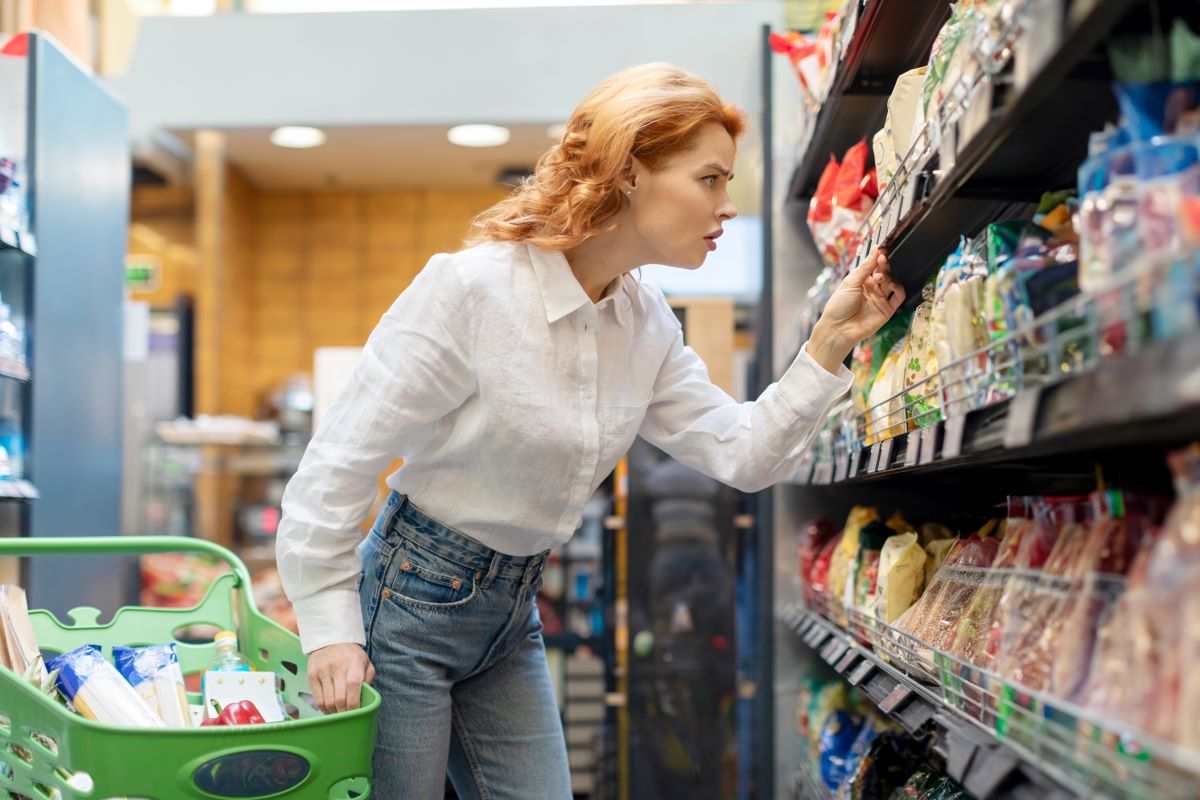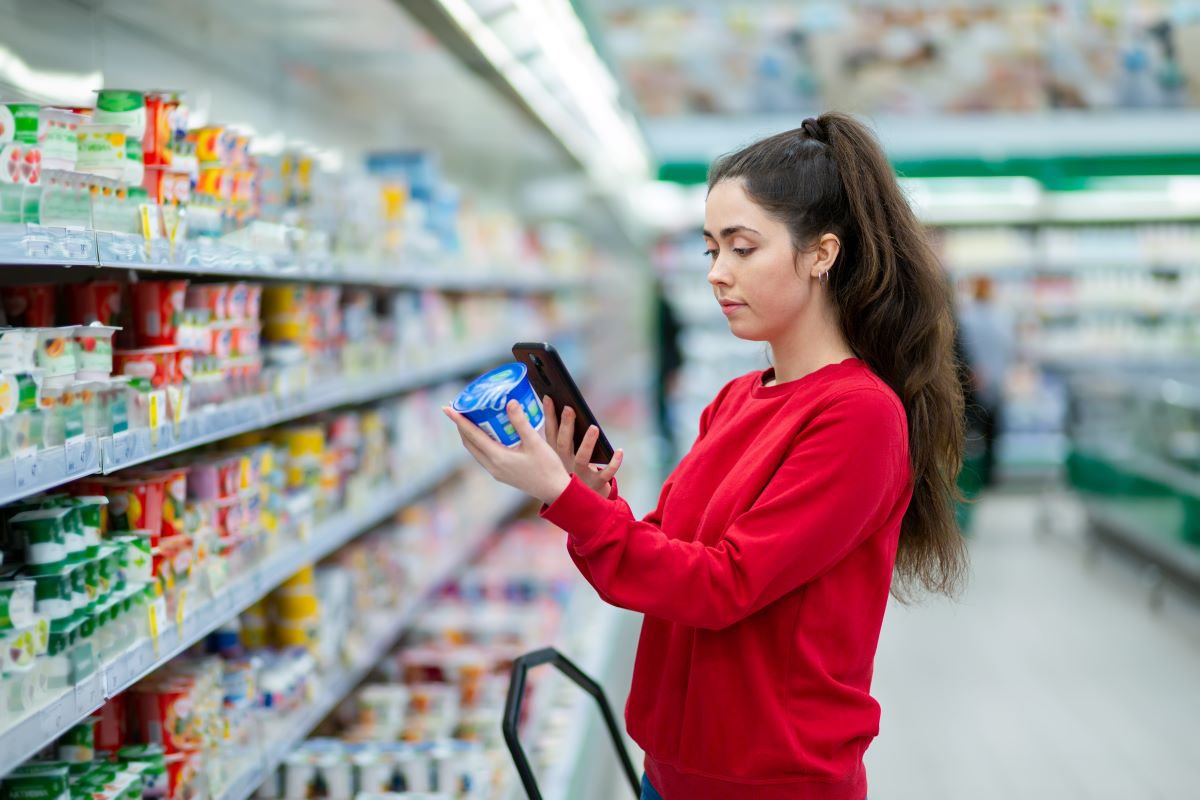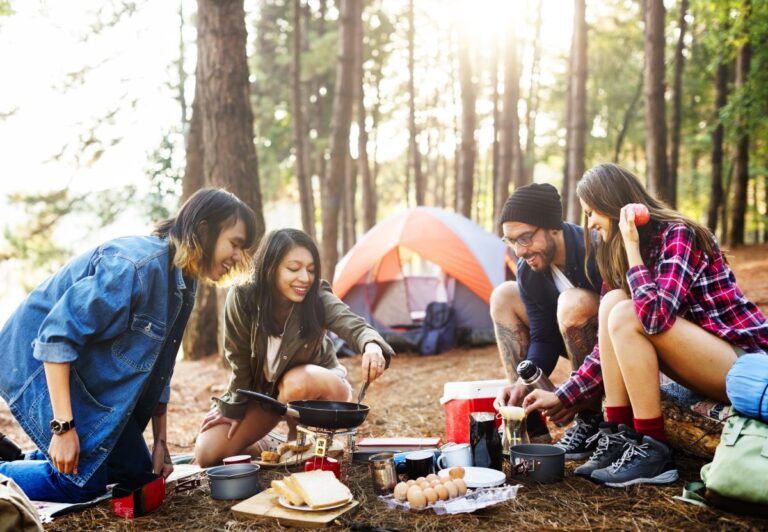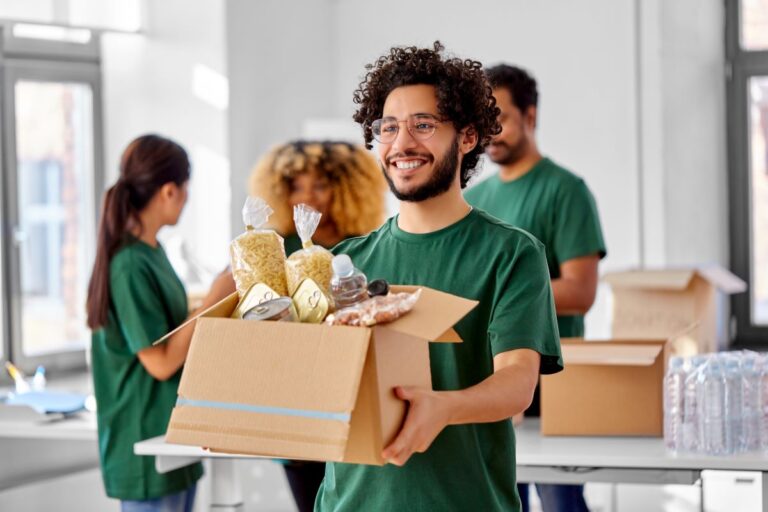California’s Food Delivery Services: The Bitter Reality Revealed
Food delivery services like DoorDash, Uber Eats, and Grubhub have revolutionized the way we enjoy meals, especially during the pandemic. However, this convenience comes with significant downsides. But are there darker aspects to these services we have all grown to rely on?
1. Exploitation of Workers

Food delivery drivers often face poor working conditions. Many are classified as independent contractors, which means they don’t receive benefits like health insurance, paid sick leave, or workers’ compensation. They also often make less than minimum wage after accounting for expenses like gas and vehicle maintenance.
2. Hidden Fees for Restaurants

Restaurants typically pay high commission fees to delivery platforms, ranging from 15% to 30% per order. This significantly cuts into their profit margins, especially for small, independent establishments struggling to stay afloat.
3. Customer Surcharge and Fees

Customers are often unaware of the various fees tacked onto their orders. These include delivery fees, service fees, and small order fees, which can make a $10 meal cost upwards of $20, leading to dissatisfaction and mistrust.
4. Environmental Impact

The surge in food delivery has led to increased use of single-use plastics and packaging. Many of these materials are not recyclable, contributing to environmental pollution. The carbon footprint from the constant travel of delivery vehicles also adds to the problem.
5. Safety and Hygiene Concerns

There have been numerous reports of food tampering and hygiene issues. Delivery drivers might not always follow proper health protocols, and the lack of regulation can lead to contaminated food reaching customers.
6. Impact on Local Economies

The dominance of major delivery platforms can hurt local economies. With a significant portion of the revenue going to out-of-state corporations, less money circulates within the local community, affecting local businesses and workers.
7. Privacy Concerns

Food delivery apps collect vast amounts of personal data from users, including location, order history, and payment information. This data can be sold to third parties, leading to privacy invasions and potential misuse of information.
8. Inequitable Pay Structures

Algorithms used by delivery services can result in inequitable pay structures. Drivers may be assigned jobs that offer little pay compared to the time and effort required, leading to financial instability.
9. Dependence on Tips

Drivers rely heavily on tips to make a decent income. However, tips are unpredictable and can vary widely, making it difficult for drivers to have financial security.
10. Legal and Regulatory Issues

The classification of delivery drivers as independent contractors has sparked legal battles. California’s AB5 law aimed to reclassify gig workers as employees, but Proposition 22, passed in 2020, exempted delivery services, leaving workers without traditional employment protections.
11. Misleading Promotions

Promotional offers from food delivery apps often come with strings attached. What appears to be a good deal can end up costing more due to hidden fees and conditions, leading to customer frustration.
12. Driver Safety Risks

Drivers face significant safety risks, including car accidents, theft, and assaults. The pressure to meet tight delivery deadlines can also lead to dangerous driving practices.
13. Impact on Food Quality

The quality of food can be compromised during delivery. Food often arrives cold, soggy, or damaged, which diminishes the dining experience and reflects poorly on the restaurants.
14. Unfair Competition Practices

Large delivery platforms have been accused of using predatory pricing strategies to drive out smaller competitors. This creates a monopoly-like situation, reducing choices for consumers and restaurants alike.
15. Negative Impact on Restaurant Brand

Restaurants often have little control over the delivery process. Issues like late deliveries or incorrect orders can damage a restaurant’s reputation, even though the fault lies with the delivery service.
16. Financial Instability for Drivers

Many drivers face financial instability due to fluctuating demand and unpredictable income. This is compounded by the lack of benefits and the high costs associated with maintaining their vehicles.
17. Ethical Concerns

There are ethical concerns regarding the treatment of delivery workers. The lack of fair wages and benefits, combined with the demanding nature of the job, raises questions about the ethics of supporting such platforms.
18. Impact on Mental Health

The stress of meeting delivery deadlines, dealing with difficult customers, and managing financial uncertainty can take a toll on drivers’ mental health. Many report high levels of stress and anxiety.
19. Increased Traffic and Pollution

The rise in food delivery services contributes to increased traffic congestion and pollution. The constant movement of delivery vehicles adds to carbon emissions and urban congestion.
20. False Advertising

Some delivery platforms have been accused of false advertising, promising lower fees or faster delivery times than they can realistically provide. This misleading information can lead to customer dissatisfaction and mistrust.
Still Going to Place That Order?

While food delivery services offer unparalleled convenience, they come with significant downsides that affect workers, consumers, and the environment. As we continue to rely on these services, it’s crucial to consider their broader impacts and advocate for fairer, more sustainable practices. Are we ready to demand better for everyone involved?
Banned in the USA: 14 Everyday Items We Can’t Have

Ever feel like America’s rulebook was written by someone with a dartboard? Across the pond or down under, things get even wackier. Let’s take a walk on the wild side of global “Do’s” that are definite “Don’ts” in the Land of the Free. Are you ready to find out just how bizarrely different the world can be? Banned in the USA: 14 Everyday Items We Can’t Have
Gone From the Shelves: Why 18 American Staples Vanished

Over the years, various foods that were once staples in American kitchens have been banned or are no longer allowed to be sold due to health, environmental, or ethical reasons. Here’s a list of 18 such items, detailing why they’ve been pulled off the market. Do you remember any of these? Gone From the Shelves: Why 18 American Staples Vanished
Eat & Drink at Your Own Risk: 20 Foods to Keep Away From Your Family

When it comes to food and drinks, not all choices are created equal. Some items on the shelves are so bad for your health that they’re almost legendary. Here’s a list of some of the absolute worst food and drink products—specific brands included—that you might want to avoid at all costs if you care about your nutritional intake. Eat & Drink at Your Own Risk: 20 Foods to Keep Away From Your Family
Featured Image Credit: Shutterstock / VGstockstudio.
The content of this article is for informational purposes only and does not constitute or replace professional advice.
The images used are for illustrative purposes only and may not represent the actual people or places mentioned in the article.







